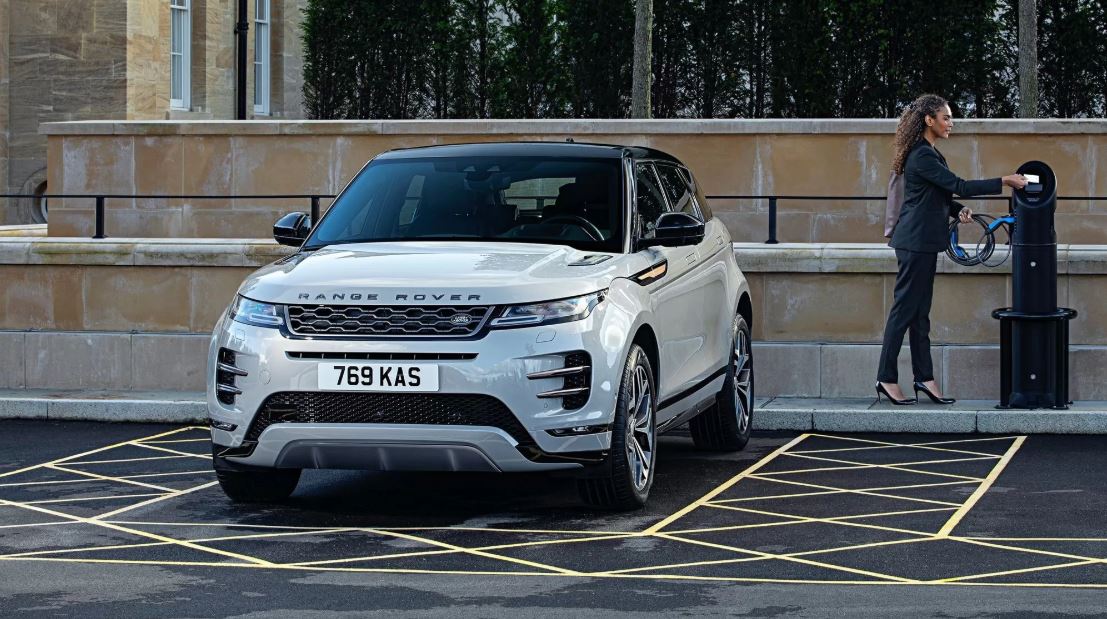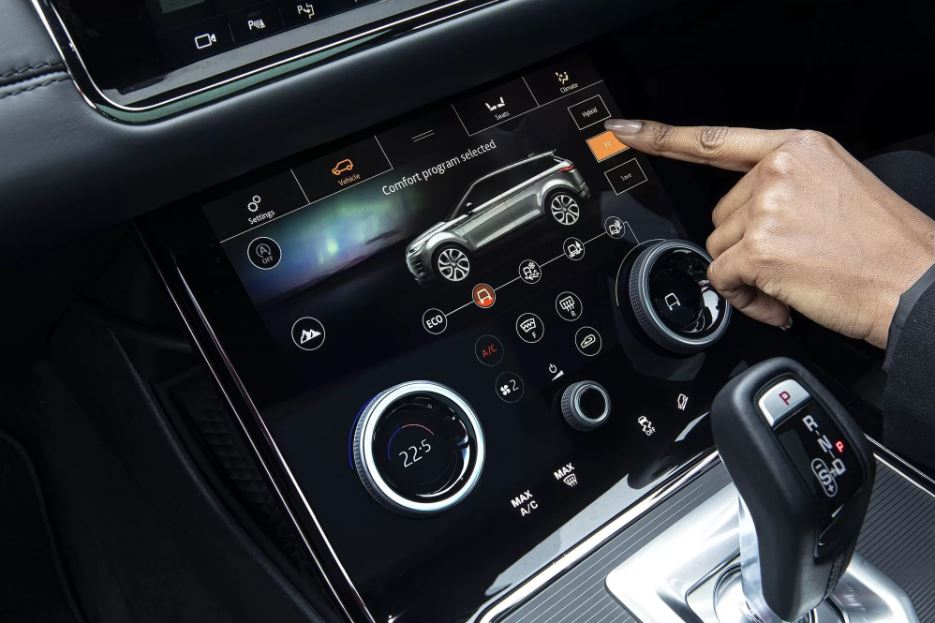Range Rover Evoque and Land Rover Discovery Sport have acquired plug-in hybrid modifications P300e PHEV, which should help the British brand to avoid fines for exceeding standard CO2 emissions in Europe.
Europe, unlike the United States, against the backdrop of the COVID-19 coronavirus pandemic and the economic difficulties arising from it, is not going to remove strict environmental restrictions for car manufacturers, and next year it will fine everyone who does not meet these restrictions. In this regard, car manufacturers interested in the European market are switching their most popular models to electric traction, that is, they make plug-in hybrids of them, since this type of power plant on the one hand does not limit consumer mobility (you can also drive with a discharged battery), and on the other hand, it allows you to fit into the environmental standard with a margin.
Thus, the Range Rover Evoque P300e PHEV emits only 32 grams of CO2 per kilometer into the atmosphere, and the Land Rover Discovery Sport P300e PHEV – 36 grams. The average value in the park should not exceed 95 g / km, but for each manufacturer the upper bar is calculated individually by a clever formula. Land Rover Range Rover – A Car With A Great History
Technically, the Evoque P300e PHEV and Discovery Sport P300e PHEV are identical. The front-wheel drive is controlled by the 200-horsepower 1.5-liter gasoline “turbo engine” of the Ingenium family, coupled with an 8-speed “automatic” and an auxiliary starter generator. The rear wheels through a single-stage gearbox rotate a permanent magnet synchronous electric motor with a capacity of 80 kW (109 hp). The total maximum power plant output is 227 kW (309 hp) and 540 Nm.
When braking and coasting, the starter-generator and electric motor go into regenerative mode and accumulate the generated “free” electricity in a 15 kWh lithium-ion battery located under the rear seat. Electric cars can provide a deceleration of up to 0.2g, and if you need more, then the traditional brake system is activated, while the manufacturer promises that the driver will not notice transient conditions.
On electric traction, the Evoque P300e PHEV can travel 66 km on a single WLTP cycle, the Discovery Sport P300e PHEV – 62 km. A full charge of the battery from a home outlet takes 6 hours 42 minutes, from a 7-kilowatt wall terminal – 2 hours 20 minutes (charging up to 80% will take 1 hour 24 minutes). Finally, the fastest way to charge the battery is to use a public 32-kilowatt terminal: 80% will be available in half an hour. The maximum speed in electric mode is 135 km / h. Range Rover Sentinel: high security and British refinement
By default, both crossovers work in hybrid mode, in which the electronics decide which engine to use at what point, taking into account the GPS location of the car and the features of the route laid down in the navigator (in particular, terrain, environmental and speed limits). Electric EV mode and energy-saving SAVE mode can be activated forcibly. SAVE mode allows you to save battery power before entering the so-called carbon-neutral zones, which in Europe is becoming more and more. In up to 100 km / h in hybrid mode, the Evoque accelerates in 6.4 s, Discovery Sport – in 6.6 s.
Orders for Land Rover hybrid novelties in Europe are already being accepted: in Germany for the Discovery Sport P300e PHEV they ask from 49,255 euros, for the Range Rover Evoque P300e PHEV – from 50,750 euros. For comparison, we say that the French DS 7 Crossback E-Tense, which is close in technical characteristics and device, costs from 50,290 euros. The hybrid Audi Q5 50 TFSI e quattro will cost at least 53,850 euros, the hybrid BMW X3 xDrive30e – from 57,400 euros, the hybrid Mercedes-Benz GLC 300 e – from 56,108 euros.



